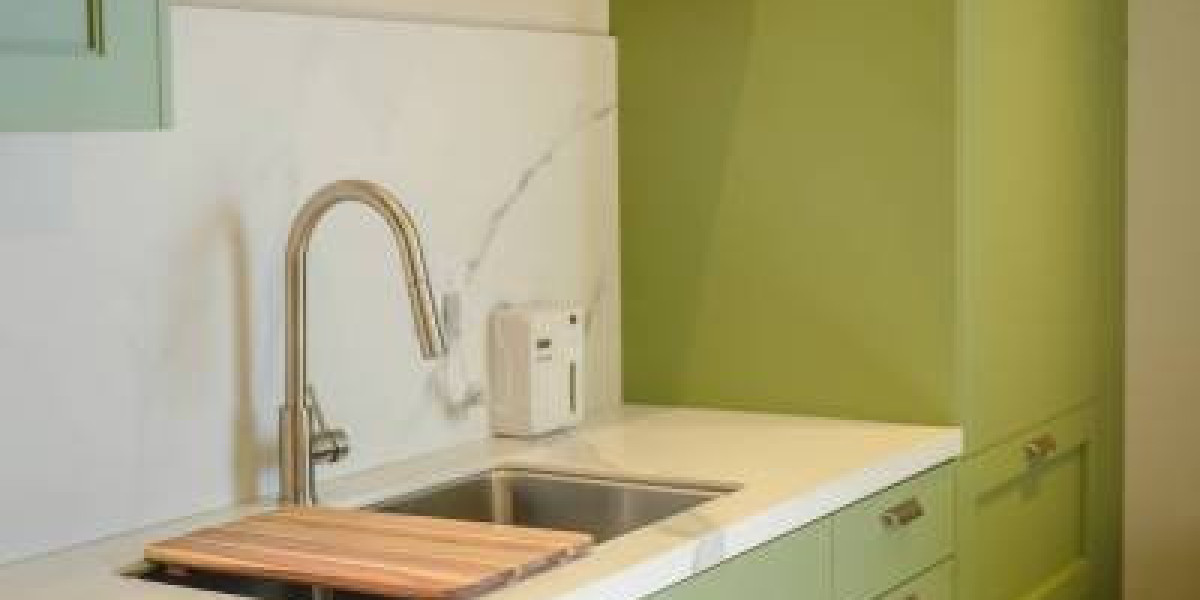1. Determine Your Kitchen Needs
Before diving into styles and materials, consider how you use your kitchen. Do you cook frequently? Do you need extra space for washing large pots and pans? Understanding your daily kitchen habits will help narrow down the right kitchen sink for you.
2. Choose the Right Material
Kitchen sinks come in various materials, each offering unique benefits. Here are the most popular options:
Stainless Steel Kitchen Sink – A top choice for modern homes, stainless steel is durable, easy to maintain, and resistant to stains and corrosion. It blends well with most kitchen styles and is ideal for high-use kitchens.
Porcelain Sinks – These sinks offer a classic, elegant look but require more maintenance to avoid chipping and staining.
Granite Composite Sinks – A durable and stylish option, these sinks are heat and scratch-resistant, perfect for a high-end kitchen design.
Copper Sinks – Known for their rustic appeal, copper sinks develop a unique patina over time but require more maintenance.
3. Select the Ideal Sink Style
The style of your sink should match both your kitchen design and your practical needs. Here are some popular styles:
Undermount Sinks – These sinks are installed beneath the countertop, creating a seamless look and making cleanup easier.
Top-Mount Sinks – Also known as drop-in sinks, these are easier to install and work well with most countertops.
Farmhouse Sinks – Also called apron-front sinks, these have a deep basin and exposed front, adding a rustic or modern kitchen sink aesthetic.
Double-Bowl Sinks – Perfect for multitasking, these sinks allow you to wash and rinse dishes separately.
4. Consider the Right Sink Size and Depth
The size of your kitchen sink should complement your countertop space and daily needs. Larger sinks are ideal for avid cooks, while smaller sinks work well for compact kitchens. Depth is also crucial—deeper sinks prevent splashing and accommodate large cookware, while shallower sinks are easier on your back.
5. Look for Additional Features
Many modern sinks come with added features to enhance functionality:
Soundproofing Technology – Reduces noise from running water and dishwashing.
Integrated Drainboards – Useful for drying dishes without taking up counter space.
Workstation Sinks – Includes accessories like cutting boards and colanders to streamline food prep.
6. Match the Sink with the Right Faucet
Your sink and faucet should work seamlessly together. Consider:
Pull-down or pull-out faucets for added convenience.
Touchless faucets for a hygienic, modern touch.
Bridge faucets for a vintage appeal.
7. Balance Style and Functionality
While aesthetics are important, functionality should not be compromised. A modern kitchen sink should complement your overall kitchen theme while ensuring ease of use and maintenance.
Final Thoughts
Choosing the perfect kitchen sink involves a balance of design, material, and functionality. A stainless steel kitchen sink is a fantastic choice for durability, while a farmhouse sink adds charm to a modern space. By considering your kitchen habits, space, and aesthetic preferences, you can find the ideal sink that enhances both your kitchen’s beauty and efficiency.
Ready to upgrade your kitchen? Explore the latest modern kitchen sink designs and find the perfect fit for your home!






